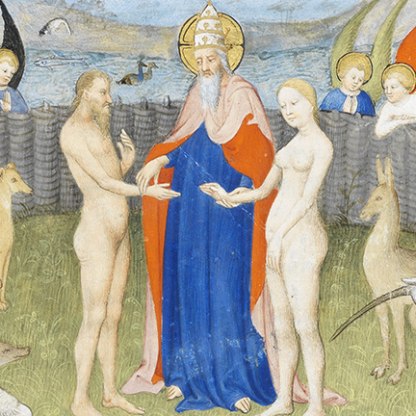Ancient Egyptian Coffins
Research into the Fitzwilliam Museum’s collection of Egyptian coffins began in 2004, as part of the project to examine and conserve objects during the refurbishment of the Egyptian coffins, completed in 2006. In the past, projects of this kind have focussed on either the iconography and textual content of the decoration, or the technology of the structure and decoration. In contrast, the Fitzwilliam’s project is a fusion of approaches: working with experts in ancient painting and carpentry techniques, the museum’s conservation and curatorial staff study each coffin (or coffin fragment) individually, using analytical techniques, constructional analysis and wood identification, and textual and iconographic studies, as well as archival research. This synthetic approach results in a more complete history of each object, from its construction in Egypt to its arrival in Cambridge, which will be published in an online catalogue.
Currently, the team is focusing on the inner coffin of Pakepu. The structure of the decorative layers require careful examination. A cartonnage-like overlay has possibly been identified; if confirmed over the whole structure, this could be indicate a deliberate attempt to create a ‘pseudo-cartonnage’ around the body, but encased within a wooden structure. The decoration was clearly applied after the body was inside the coffin. Comparison with other examples of this type and date will be very instructive for further understanding the religious purpose of the inner coffin.
From X-radiography, it appears that the inner coffin is constructed from fewer pieces of wood than the intermediate coffin. However, study of other coffins with CT scanning has revealed the limitations of our understanding of coffin structure using only X-radiographs, and that CT scanning is absolutely essential to comprehend fully the construction of coffin substrates. Working with a specialist in rendering CT images, it should be possible to identify any ‘pseudo-cartonnage’ structure (if present), as well as determining whether any of the materials have been re-used. The grant from the Isaac Newton Trust will be used to recruit a postdoctoral researcher to work with the team.
Project information
- Principal Investigator: Helen Strudwick
- Co-Investigator: Julie Dawson
- Project website: https://egyptiancoffins.org
Outcomes of the project
- Dedicated web interface to the Museum’s database of ancient Egyptian coffins (in progress)
- Dawson, J. How to make an Egyptian coffin: the construction and decoration of Nespawershefyt’s coffin set, Cambridge: Fitzwilliam Museum (in progress)
- Death on the Nile: Uncovering the afterlife of Ancient Egypt exhibition (23 February to 22 May 2016), which received more than 92,000 visitors in 3 months
- Strudwick, H. and Dawson, J. (2016) Death on the Nile: Uncovering the Afterlife of Ancient Egypt. London: D Giles Ltd and Cambridge: The Fitzwilliam Museum
- Strudwick, H. (2016) “The enigmatic owner of the coffins of Nespawershefyt at the Fitzwilliam Museum, Cambridge” in Proceedings of the First Vatican Coffin Conference, pp 387–394
- Strudwick, H. (2016) “Death on the Nile: the Fitzwilliam Museum’s collection of ancient Egyptian coffins” in Perspectives of Research (Proceedings of the VIIth European Conference of Egyptologists)
- Marchant, J. and Granville, A. (2014) Reflecting on Egyptian Pigments: the use of Fibre Optic Reflectance Spectroscopy (FORS) for pigment analysis at the Fitzwilliam Museum [conference paper presented at: Understanding Egyptian Collections: Innovative Display and Research Projects in Museums, 1-2 September 2014, Ashmolean Museum, Oxford.]
Other research projects you might like
Sign up to our emails
Be the first to hear about our news, exhibitions, events and more…

